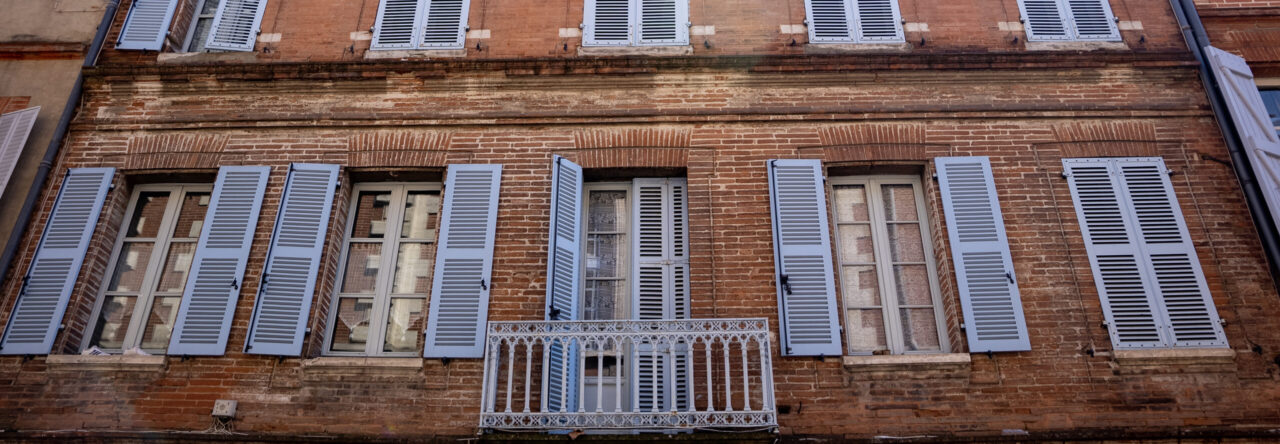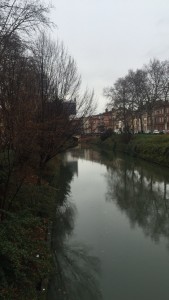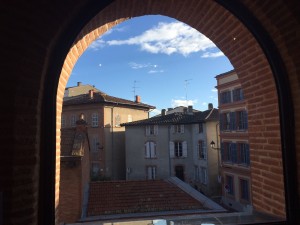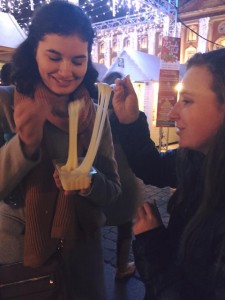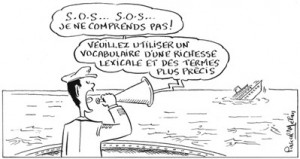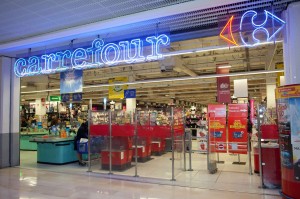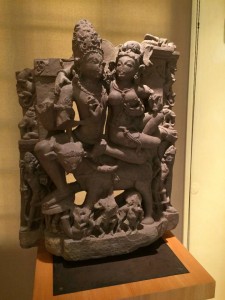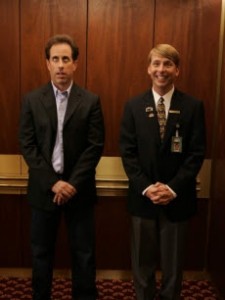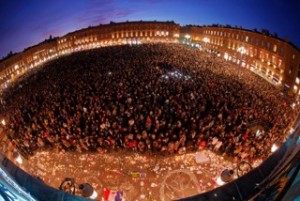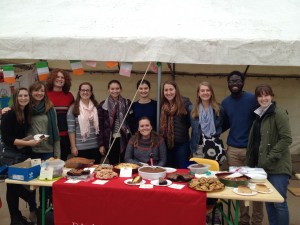-Evelyn Sanchez
When my mother, who is from northern Mexico, asked me how life is in Toulouse, I responded, “It’s like a town-village.” The city’s politeness is similar to that of Mexico’s. When people get on the bus they say, “Bonjour” and they say “Merci. Au revoir” when they descend. Also everything is close to everything. The longest walk I would do is 30 minutes. Within a 10-minute walk, I can find a small shop for meat, pastries, sandwiches, or cheese, where there will be a very invested employee. For example, the first day of my arrival I decided to go look for some toiletry items at the pharmacy. As soon as I entered, the employee approached me and asked me if I needed help. He took about 10 minutes to explain to me all the different products and their utility.
But in reality, I came to Toulouse to enjoy city life. At Bowdoin, students comprise social life, but in Toulouse, everyone does. Tisséo, Toulouse’s transportation system, facilitates transportation to bars, clubs, museums, restaurants, and the movies using the bus and metro. Tisséo has an application where users can know departure time and the best directions to a desired destination. The metro, which comes every two minutes, has two main lines A and B. So, it’s almost impossible to get lost in this city. Similarly, it would be very difficult to get bored here. In particular, student life at Sciences Po offers plenty of opportunities to volunteer, play sports, and go out to various events. The first weekend of my arrival, I was stunned by the nightlife at the St Pierre plaza where the youth enjoys the beautiful view of the Garonne River and inexpensive wine. The laughter and warmth of this scene met a tranquility and peace of the night that I had never even imagined. Here, the people know how to live a life in community while appreciating an animated and simple life.
